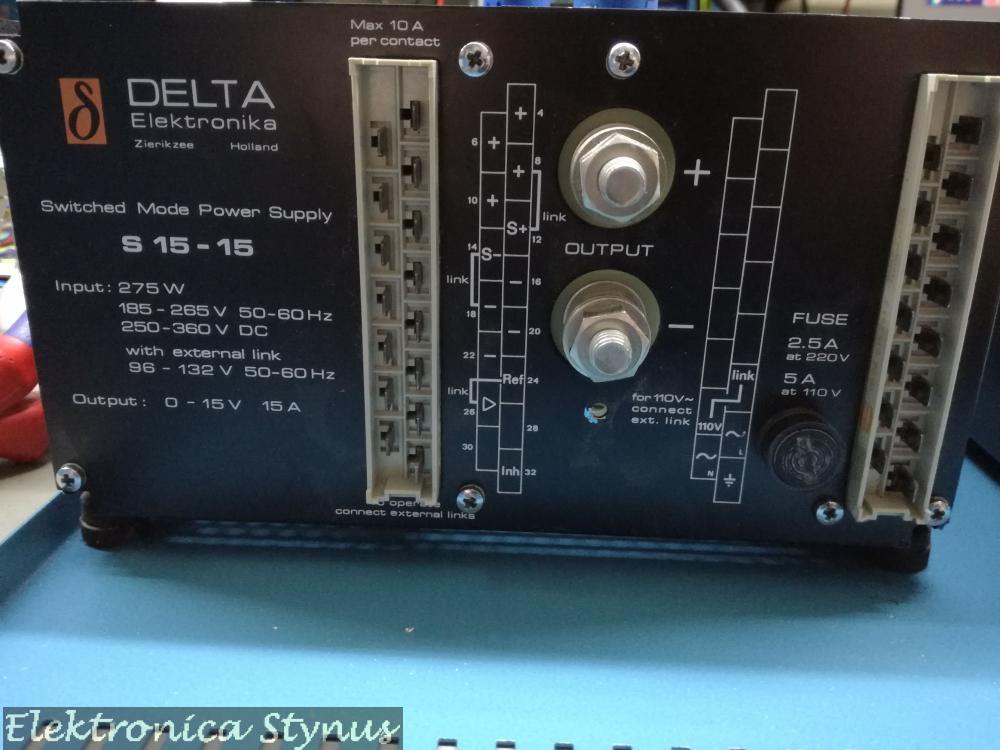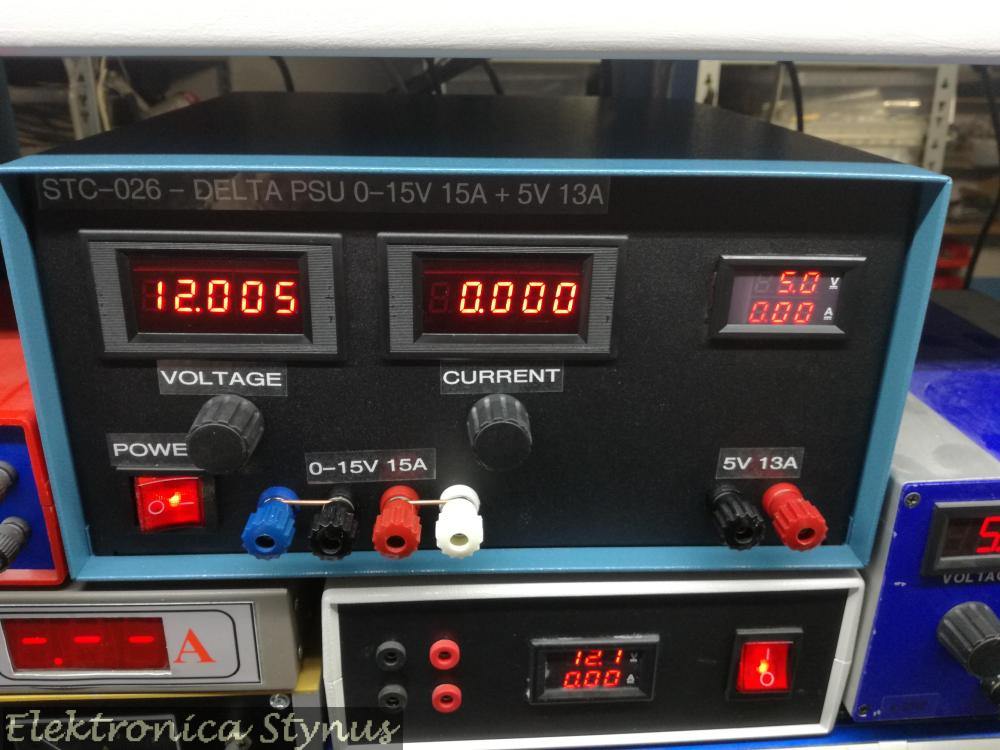In my workshop I have a lot of machines producing dust / chips. In order to not make the complete house / workshop dirty I connect a vacuum cleaner with cyclone to the machines. The downside of this is that every time I switch machine I also need to disconnect the dust collection hose and connect it to the different machine. To solve this inconvenience I decided to make a central dust extractor with fixed tube to all machines. Each machine will get a valve that can be opened or closed to get the suction to a machine.
For the valves I did some research , and I found that a lot of people use sliding gates for their dust valves. For example:

(Source: Reddevil on Schematheek.net)
I did not like the fact that these take up too much space. So I opted for a design that looks more like a ball valve. However a bit different, so I could 3D print it. I found some central door lock actuators for cars on my desk and thought of a concept to operate the valves with these.
A first test:
This was made for a 40mm pipe, the dimensions of the moving parts where not very good yet and it got stuck sometimes. After this test I decided to use 50mm pipe for the dust collection, the linkages etc I reused from the 40mm and it turned out to work very good. The only downside is that the valves only open to ±70%,. But for the small chips / dust that goes trough I do not expect any problems.
Valves assembly:
The next part of this project will be a current sensor unit.














































































